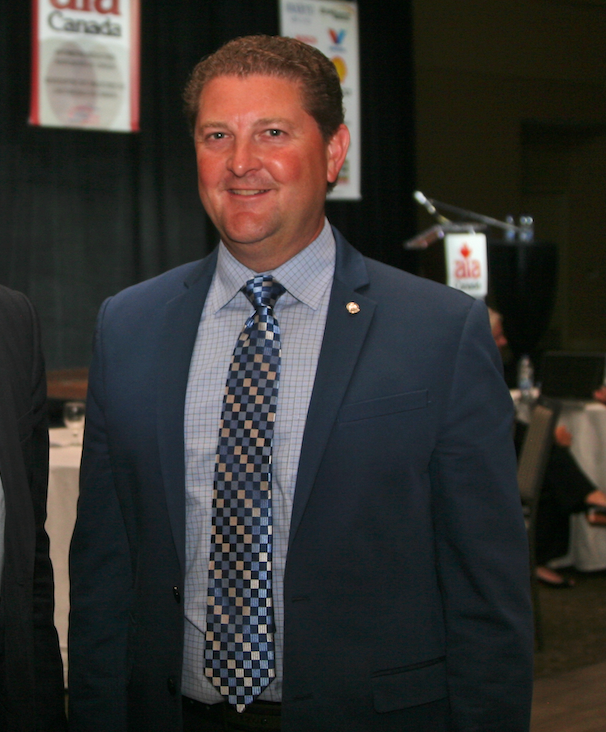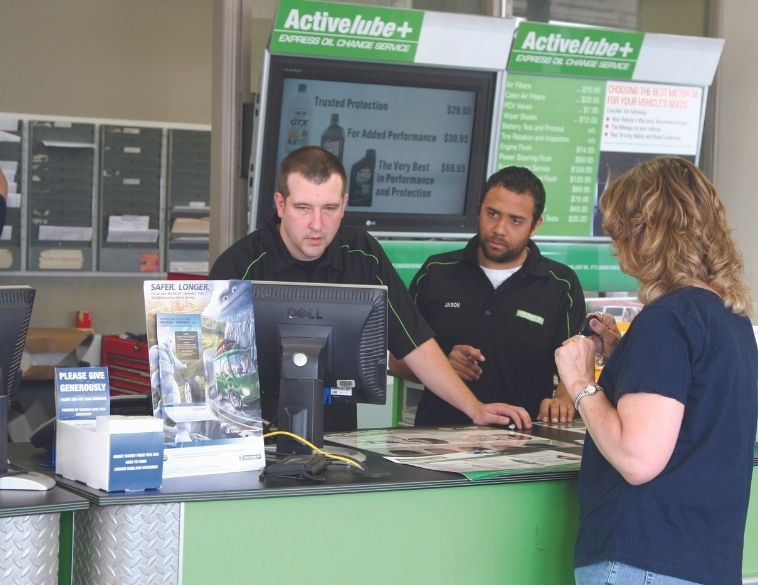Training and transparency are key to successful preventative maintenance and long-term retention.
For most consumers, servicing or repairing a vehicle is often considered a grudge purchase. And traditionally, it hasn’t always been easy for a service provider to earn long-term trust from clients. Today, however, shop owners, managers, service advisors, and even technicians have access to tools that can create a win-win for both the business and its clientele.
This becomes particularly important given that younger motorists—many of whom have grown up with technology—have different expectations than their parents and grandparents. “A lot of younger people expect to have information readily available at their fingertips,” explains Eric Mileham, who owns and operates Green Tree Auto Care in Orangeville, Ont.
Game changer
Mileham who also serves as the President of the Automotive Aftermarket Retailers of Ontario (AARO), says that the adoption of digital inspection software has been a big game-changer in that it allows the customer to take a look at their vehicle without physically having to work into the service bay area with safety boots and glasses.
The result has been an exponential increase in transparency and according to Mileham when a customer can see for themselves (from photos sent via text or email) what their vehicle requires following a digital inspection, they are far more likely to approve any additional work required. The result is a safer, better functioning vehicle for the customer and more business for the shop.
Doug Reevey, Owner and Operator of Autotec NAPA AUTOPRO in Saint John, New Brunswick, says that the trust factor is key in building retention with customers. He explains that the traditional “knowledge gap,” between the client and service advisor/technician can lead to misunderstandings and significant friction points in the vehicle service experience.
Reevey explains that it’s important to understand that from the customer’s standpoint, a vehicle is a very complicated piece of equipment to begin with and over time has become even more so. As a result, for those people not in the industry, understanding some aspects of how the vehicle works and which components need maintenance can be a bit difficult at times.

Friction points
Jaime Cuthbert, Founder and President of AutoServe1, says that besides many motorists not understanding the components or systems on their vehicle, there is the added issue of the industry traditionally using language and/or documentation that does very little to explain those features. As a result, in those kinds of situations friction between the customer and service advisor/technicians can quickly result, making it a challenge to build a beneficial, long-term relationship for both parties.
In the last decade, however, the dynamic between shop and customer has begun to change. Today, there is a range of tools and technology options to enable shops and their staff to build a solid rapport with their clients. Sophisticated CRM tools and digital inspections have become an instrumental factor in helping build trust with shop clients.
Cuthbert says that today, with over 90% of adults now having access to smartphones and around 98% of those who own and drive a vehicle using them, as an industry, we’ve reached a tipping point in terms of what customers expect and how they want to be communicated with.
Different expectations
Since the onset of the COVID-19 pandemic in March 2020, these trends have only accelerated. “In the past 24 months, people have learned to expect that they can tap on a button and have [their next] car delivered,” explains Cuthbert. “They now expect automotive service to step up and deliver a similarly fast and easy to use service.”
Having the tools is one thing, effectively utilizing them is another. Doug Reevey says that the right mindset is critical to making it all work properly. In the case of Autotec NAPA AUTOPRO, the strategy has been for the entire team to understand and believe how any changes introduced to the business benefit all stakeholders. “It is critical that everybody understands what we are doing and why we’re doing it,” Reevey explains. And when he refers to stakeholders, he means the staff, the business, and its customers. A good example of this is introducing new equipment and processes, such as Hunter’s Quick Check Unmanned Inspection system, or digital inspection tools to help the staff, the customer, and the business. “Any change we make has to be good for all stakeholders. If it isn’t beneficial for all three, then it’s simply not worth doing,” states Reevey.
The importance of training
A key part of creating a win-win situation for the business and its customers is ensuring your frontline staff is properly trained to present information to the customer in a format that they can easily understand. At AutoServe1, Jamie Cuthbert explains that in order for the training to work effectively, service advisors need to understand the benefits the training will provide for them, before focusing on the benefits it will provide for the customer.
Doug Reevey says that when it comes to critical components of the business, such as its Shop Management Software platform, being able to utilize its capabilities as effectively as possible, by having solid policies and procedures in place will enable the business to run as smoothly as possible. Achieving this kind of scenario, however; requires making sure that the shop’s staff are fully versed and trained on how to leverage the power of the tools available to them. Ultimately, states Reevey, “your tools [including your SMS] are only as good as those using them allow these tools to be.”



